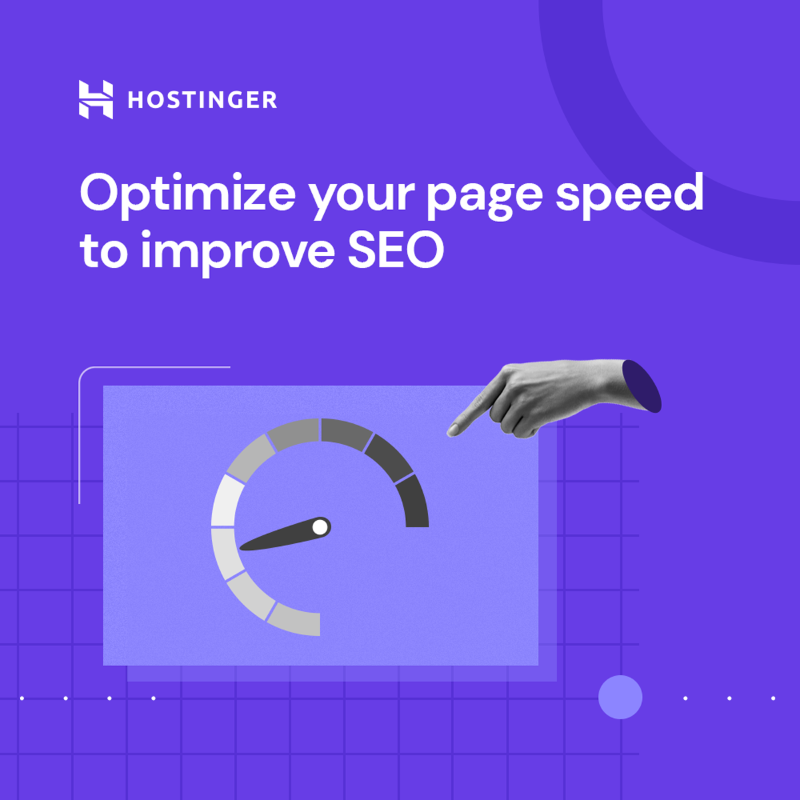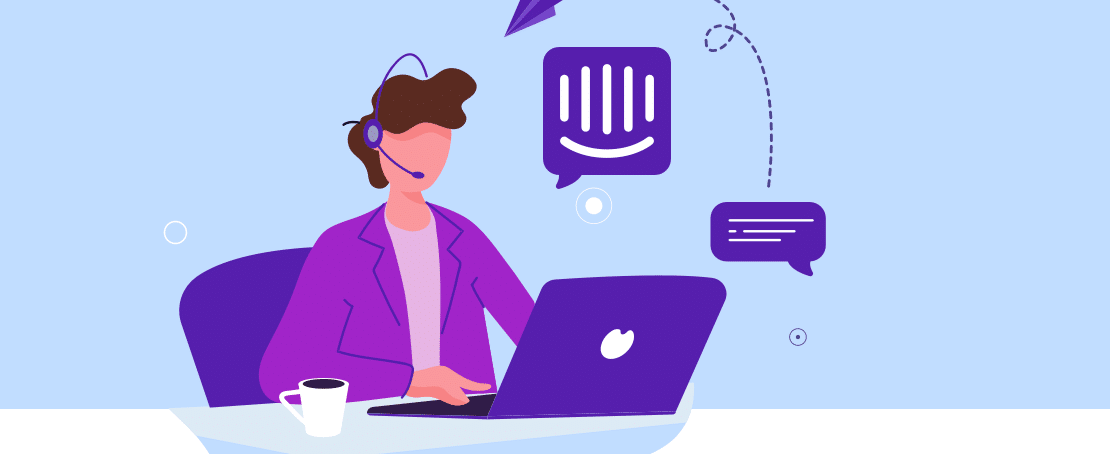Discover the ultimate beginner’s guide to Hostinger cPanel and unlock the power of website management with ease. Master the essentials, navigate the interface, and optimize your web hosting experience effortlessly.

Welcome to the beginner’s guide to cPanel on Hostinger! If you’re new to web hosting or using cPanel as your control panel, this article will provide you with all the essential information you need to navigate and manage your website effectively. cPanel is a powerful web hosting control panel that offers a user-friendly interface, allowing you to manage various aspects of your website and hosting environment with ease.
Table of Contents
What is cPanel?
cPanel is a web hosting control panel that simplifies the process of managing your website and hosting settings. It provides a graphical interface and a range of tools and features that allow you to perform tasks such as domain and subdomain management, email account setup, file management, database administration, and more. cPanel is widely used by hosting providers and is known for its user-friendly interface and extensive functionality.
Benefits of Using cPanel
Using cPanel offers several benefits for website owners and administrators. Firstly, it provides a simple and intuitive interface that allows even beginners to manage their websites effectively. cPanel also offers a wide range of features and tools that make it easy to handle tasks such as domain management, email setup, and file management. Additionally, cPanel provides a high level of security and allows for easy backups and restorations, ensuring the safety of your website’s data.
Getting Started with cPanel
To get started with cPanel on Hostinger, you’ll first need to sign up for a hosting account. Once you have your account details, you can access cPanel by logging into your Hostinger account and navigating to the control panel section. From there, you’ll be able to access all the features and functions that cPanel has to offer.
Build your own dreams
Or someone else will hire you to build theirs. Here is how you can take action – starting today.

cPanel Features and Functions
cPanel offers a wide range of features and functions that allow you to manage various aspects of your website. Some of the key features include:
- Domain and Subdomain Management: With cPanel, you can easily add, remove, and manage domains and subdomains for your website.
- Email Account Setup: cPanel allows you to set up email accounts associated with your domain, create email forwarders, and manage email filters.
- File Management: You can use cPanel’s file manager to upload, delete, and organize files on your website’s server.
- Installing Applications: cPanel provides tools like Softaculous that allow you to install popular applications such as WordPress, Joomla, and Drupal with just a few clicks.
- Security and Backups: cPanel offers various security features, including SSL certificate management, password-protected directories, and regular backups.
Managing Domains and Subdomains
One of the essential tasks in cPanel is managing domains and subdomains. Through the Domains section, you can add new domains, redirect domains, manage DNS settings, and set up subdomains. Managing these aspects effectively ensures your website functions smoothly and is easily accessible to visitors.
Managing Email Accounts
cPanel makes it easy to set up and manage email accounts associated with your domain. You can create new email accounts, manage email forwarders to redirect messages, and set up email filters to control spam. With cPanel’s intuitive interface, you can handle all your email-related tasks efficiently.
File Management with cPanel
With cPanel’s file manager, you have full control over the files and directories on your website. You can upload files, create folders, delete unwanted files, and edit files directly from the control panel. This feature simplifies the process of managing your website’s files and ensures everything is organized and accessible.
Installing Applications with cPanel
cPanel provides a feature called Softaculous, which allows you to install popular applications on your website effortlessly. Whether you want to set up a blog using WordPress, an e-commerce store with Magento, or a content management system with Joomla, cPanel’s application installer streamlines the installation process, saving you time and effort.
Security and Backups
Ensuring the security of your website is crucial, and cPanel offers various security features to help you achieve that. You can manage SSL certificates to enable secure connections, set up password-protected directories to restrict access to sensitive files, and configure regular backups to safeguard your data in case of any unforeseen events.
Advanced cPanel Features
In addition to the basic features, cPanel also provides advanced functionality for more experienced users. This includes managing databases, configuring cron jobs, accessing server logs, setting up redirects, and more. These advanced features give you greater control over your website and allow you to customize its functionality to meet your specific requirements.
Troubleshooting Common Issues
While cPanel is designed to be user-friendly, you may encounter occasional issues or errors. Understanding common issues such as error codes, database connection problems, or email delivery failures can help you troubleshoot and resolve problems more efficiently. cPanel also provides resources and support documentation to assist you in troubleshooting any issues that may arise.
cPanel vs. Other Control Panels
In the web hosting industry, there are several control panels available, each with its own set of features and functionalities. While cPanel is widely used and popular, it’s essential to understand how it compares to other control panels such as Plesk or DirectAdmin. Each control panel has its own strengths and weaknesses, and choosing the right one depends on your specific needs and preferences.
Conclusion
In conclusion, cPanel is a powerful and user-friendly control panel that simplifies website management for beginners and experienced users alike. With its extensive range of features and functions, cPanel allows you to manage domains, emails, files, applications, security, and more, all from a single interface. Whether you’re new to web hosting or looking to switch to cPanel, this beginner’s guide has provided you with the necessary information to get started and make the most out of this versatile control panel.
FAQs
- Can I use cPanel on any web hosting provider?
- Yes, cPanel is available on various web hosting providers, including Hostinger. However, it’s always best to check if your hosting provider offers cPanel as part of their hosting plans.
- Can I use cPanel with Windows hosting?
- Yes, cPanel is compatible with both Linux and Windows hosting environments, so you can use it regardless of the operating system you choose.
- Is cPanel suitable for managing multiple websites?
- Yes, cPanel is well-suited for managing multiple websites. It allows you to add and manage multiple domains within a single control panel interface.
- Can I customize the appearance of cPanel?
- While cPanel’s default appearance is standardized, you may have options to customize certain aspects of the interface, such as adding your logo or changing the color scheme, depending on your hosting provider’s settings.
- What happens if I accidentally delete a file or folder in cPanel?
- If you accidentally delete a file or folder in cPanel, it may be possible to restore it from a backup if you have regular backups enabled. Otherwise, it’s essential to have a backup of your website’s files and databases stored externally to prevent data loss.





